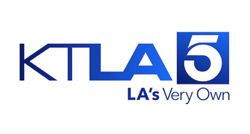
A stock purchase is generally regarded as simpler to accomplish than an asset purchase. In such circumstances the buyer is purchasing substantially all of the target’s assets and liabilities. Under this type of transaction the target corporation continues to exist just under new ownership. Thus for instance, the need for third party approval is reduced because the target’s contracts, permits, and licenses are not being transferred to a new entity. However, unlike an asset purchase the buyer cannot exclude assets it does not want to acquire and it must assume all of the target’s liabilities some of which may be off balance sheet or hidden such as pending potential lawsuits.
A stock disposition can occur in two ways, either the seller can sell the stock in a taxable transaction with gain or loss recognition, or effect a tax-free reorganization through an exchange. The tax consequences of these two methods differ dramatically. In a taxable stock transaction, the seller realizes a capital gain or loss for the difference in the stock’s sales price and its basis and the buyer receives the stock with a basis equal to the purchase price. In a tax-free reorganization the seller recognizes no gain or loss but takes shares in the acquiring company with a basis equal to what he had in the former shares.















